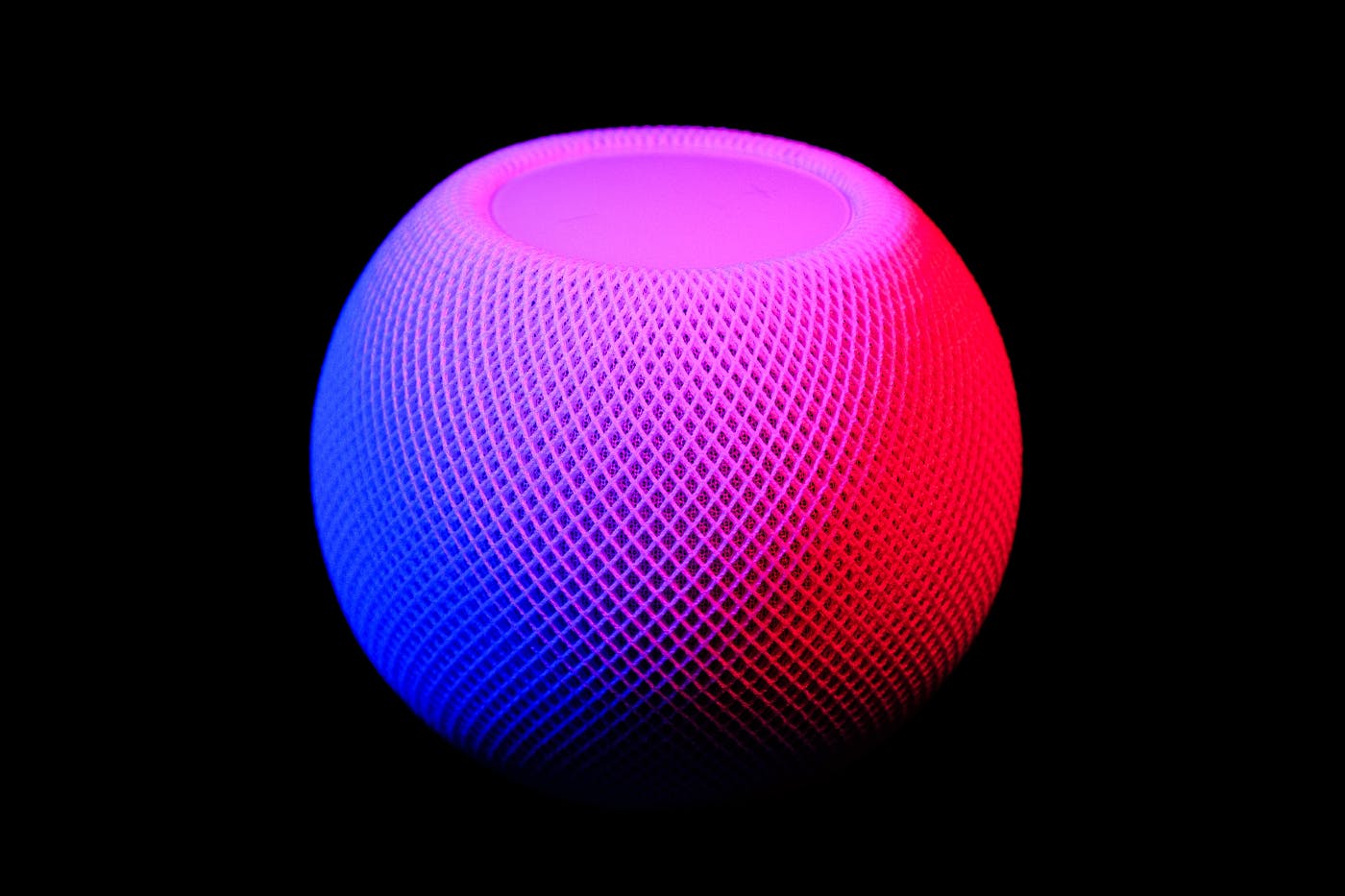
Digital marketing is an ever-evolving field that is constantly shaped by technological advancements and changing consumer behaviors.
Digital marketing is an ever-evolving field that is constantly shaped by technological advancements and changing consumer behaviors. As we enter 2023, it's essential for digital marketers to stay ahead of the curve and be aware of the latest trends that are likely to impact their strategies. This article will explore five digital marketing trends to watch out for in 2023.
Augmented Reality (AR) and Virtual Reality (VR) Experiences
Augmented Reality (AR) and Virtual Reality (VR) are not new concepts, but they are gaining significant traction in the digital marketing world. AR and VR technologies are becoming more accessible and affordable and are being integrated into various marketing campaigns to create immersive and interactive experiences for consumers.
In 2023, we can expect more businesses to leverage AR and VR to enhance engagement and provide unique experiences. For example, retailers can use AR to allow customers to virtually try on clothes or visualize how furniture would look in their homes. Brands can also use VR to create virtual product demonstrations, events, and experiences that can be accessed remotely, allowing for broader reach and engagement.
AR and VR can also be utilized in social media marketing, where platforms like Instagram and Snapchat have already introduced AR filters and lenses for users to interact with. Brands can create branded AR filters and lenses to promote their products or services and encourage user-generated content, creating a buzz around their brand.
Personalization and Hyper-Targeting
Consumers increasingly seek personalized experiences and relevant brand content. In 2023, we can expect to see a continued focus on personalization and hyper-targeting in digital marketing. With the advancements in data analytics and machine learning, marketers can gather vast amounts of data on consumer behavior, preferences, and demographics to create highly targeted and personalized marketing campaigns.
Brands will invest more in technologies that enable them to analyze and interpret data to gain insights into consumer behavior and preferences. This will allow marketers to create more personalized content, offers, and recommendations that resonate with individual consumers, resulting in higher engagement and conversions.
Hyper-targeting will also extend to advertising, where brands will leverage programmatic advertising to deliver personalized ads to specific segments of consumers. This will not only improve the relevance and effectiveness of ads but also enhance the overall customer experience by showing ads that are more aligned with their interests and needs.
Voice Search and Voice-Activated Devices

The adoption of voice search and voice-activated devices has been steadily increasing, and it's expected to continue to grow in 2023. Voice search is becoming more accurate and convenient, and consumers are using voice assistants like Amazon's Alexa, Google Assistant, and Apple's Siri for various tasks, including search queries, setting reminders, making purchases, and more.
This presents new opportunities for digital marketers to optimize their content for voice search and leverage voice-activated devices in their marketing strategies. Brands must focus on long-tail keywords and conversational language in their content to align with how people use voice search. They will also need to ensure that their websites and digital properties are optimized for voice search to improve their visibility and rankings.
Additionally, voice-activated devices allow marketers to create voice-activated branded experiences, such as interactive voice games, quizzes, and stories, that engage and entertain consumers. Brands that can create valuable and memorable experiences through voice-activated devices can build stronger brand loyalty and drive customer engagement.
Influencer Marketing and User-Generated Content
Influencer marketing has become a prominent digital marketing strategy in recent years, and it's expected to continue to grow in 2023. Influencers have gained significant trust and influence over their followers, and brands are leveraging their reach and authenticity to promote their products and services.
Hyper-Targeting
Hyper-targeting is a powerful marketing strategy that allows businesses to focus their efforts on a highly specific audience, delivering personalized messages and offers to maximize engagement and conversion rates. With hyper-targeting, businesses can tailor their marketing campaigns to individual customers or small segments of their target market, increasing the chances of success and improving the overall return on investment (ROI). If you want to accomplish hyper-targeting for your business, here are some critical steps to follow.

Define Your Target Audience
The first step in hyper-targeting is clearly defining your target audience. This involves understanding your customers' demographics, interests, behaviors, and preferences. Conduct market research, analyze your existing customer data, and create customer personas to gain insights into your ideal customers. The more detailed and specific your target audience definition, the more effective your hyper-targeting efforts will be.
Collect and Analyze Data
Data is the foundation of hyper-targeting. Collect data from various sources, such as website analytics, customer surveys, social media, and third-party data providers. Use data analytics tools to analyze the data and identify patterns, trends, and opportunities. This will help you better understand your audience and enable you to make data-driven decisions when creating hyper-targeted campaigns.
Segment Your Audience
Once you have collected and analyzed the data, it's time to segment your audience into smaller, more homogenous groups. Segmenting your audience allows you to create highly targeted campaigns that resonate with specific segments of your audience. You can segment your audience based on various criteria, such as demographics, geographic location, purchasing behavior, interests, and engagement levels. This will enable you to create personalized messages and offers relevant to each segment, increasing the chances of engagement and conversion.
Create Personalized Content
Hyper-targeting relies heavily on creating personalized content that speaks directly to your audience. Use the insights gained from your data analysis to develop relevant and compelling content that addresses the specific needs, interests, and pain points of each segment. This could include personalized emails, product recommendations, social media posts, landing pages, and advertisements. Avoid generic or one-size-fits-all content, as it may not resonate with your hyper-targeted audience.
Utilize Advanced Targeting Tools
There are several advanced targeting tools available that can help you accomplish hyper-targeting more effectively. For example, you can use customer relationship management (CRM) software to manage and segment your customer data, email marketing platforms to send personalized emails, social media advertising platforms to target specific audience segments, and website personalization tools to deliver personalized content based on visitor behavior. These tools can streamline your hyper-targeting efforts and help you achieve better results.
Test and Optimize
Hyper-targeting is an iterative process that requires continuous testing and optimization. Monitor the performance of your hyper-targeted campaigns and make data-driven adjustments based on the results. Test different variations of your content, offers, and targeting parameters to identify what works best for each segment. Keep track of key metrics, such as open rates, click-through rates, conversion rates, and return on ad spend (ROAS), and use this data to optimize your campaigns and improve your hyper-targeting strategy over time.

Maintain Compliance and Privacy
As you engage in hyper-targeting, it's essential to adhere to relevant laws and regulations, such as data privacy and anti-spam laws. Make sure you have proper consent from your customers to collect and use their data and provide clear opt-in and opt-out options. Protect your customers' data and ensure it's stored securely to maintain their trust and comply with legal requirements.
Monitor and Adjust
Finally, keep a close eye on your hyper-targeting efforts and be prepared to adjust your strategy as needed. Consumer behavior, market trends, and other external factors can change over time, so it's essential to regularly monitor and analyze the results of your hyper-targeting efforts. Based on the data and insights you gather, be ready to adjust your strategy, such as tweaking your audience segments, refining your messaging, or modifying your advertising channels. Continuously monitoring and adjusting your hyper-targeting strategy will help you optimize your campaigns and ensure that you are effectively reaching and engaging with your intended audience, ultimately leading to better results and success in your marketing efforts.
Summing Up
This is a sliver of what is on deck for digital marketing in this and the coming years. The changes will be fast, and they will define the industry. Trying to keep up and run your business can be a daunting task, so get help from those who know.
Working with a digital marketing agency will help you remain focused on what you need to do to keep your business growing, while an agency like ThoughtLab, will propel your digital marketing game to a higher level. Talk to those who can hello you see further, talk to ThoughtLab today.

